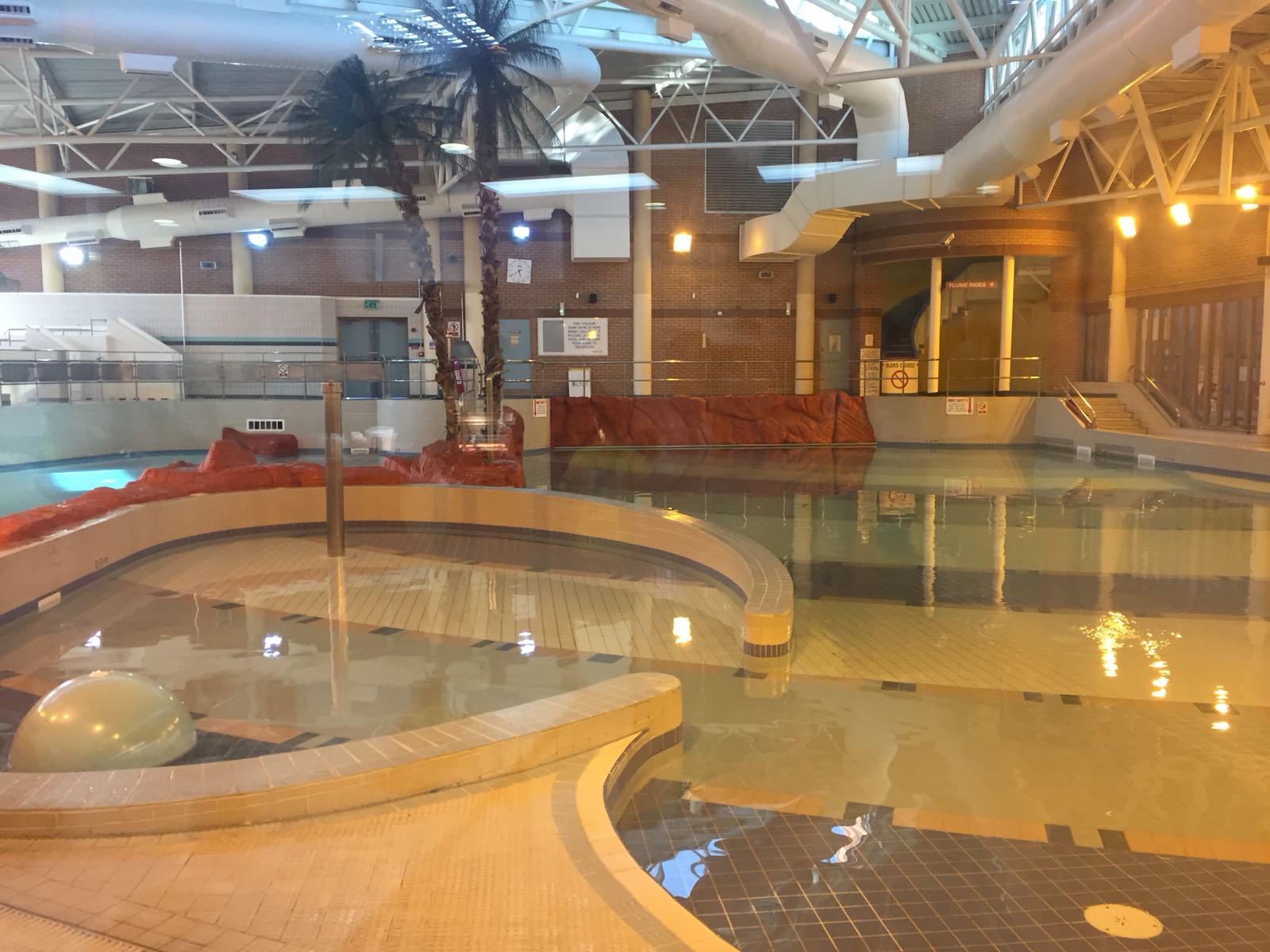Submitted by Guest blogger Ruth OT
I first started to really think about the sensory integration benefits of swimming when I realised our daughter was getting so much better at the climbing frame at her favourite park. This was right around the time we started going to the park on the way home from swimming lessons. I didn’t connect the two at first but once I had, the pattern was obvious. After half an hour’s swimming, she could get to the top of the climbing frame which she’d never been able to even start on before. It was also after swimming lessons that she learnt to tolerate showers.
 A child’s security in their relationship with gravity is made really quite clear in a swimming pool. A child who is secure in their relationship with gravity can have fun with that relationship, they’re the ones who jump in and trust the water to catch them, who flip and dive and tumble and always manage to come out the right way up. For the sensory seeking, the opportunities to get additional sensory input jumping, crashing and tumbling safely into a splashy landing, or whizzing down a water slide or through the waves made by giant wave machines, is endless.
A child’s security in their relationship with gravity is made really quite clear in a swimming pool. A child who is secure in their relationship with gravity can have fun with that relationship, they’re the ones who jump in and trust the water to catch them, who flip and dive and tumble and always manage to come out the right way up. For the sensory seeking, the opportunities to get additional sensory input jumping, crashing and tumbling safely into a splashy landing, or whizzing down a water slide or through the waves made by giant wave machines, is endless.
The child who needs to be able to see or be touching the ground to know which way is up, will find jumping into the pool, taking their feet off the bottom and particularly floating on their back terrifying. They can’t play with weightlessness, float, spin and flip because their vestibular system is so under-responsive they might never work out which way is up again! You can usually see in any beginners swimming class at least one child whose head never leaves the vertical, whatever the rest of their body does; when the swimming teacher tries to lie that child back to float, they are the one whose feet immediately come straight up in the air as they try to compensate for the tip and work out where the ground is. They’re also the one standing knees clamped together arms hugging themselves and toes going white as they grip the edge for all their worth when it’s their turn to jump in. They are the ones who are not so secure that gravity is a constant, and need that vestibular practice to learn how gravity works – that down is always down for everyone.
Moving in water means working harder against the resistance of the water (have you ever tried aqua-aerobics? It’s surprising how hard the water can resist!). This resistance means that the muscles in the body have to work harder, and in doing this provide the muscles and brain with additional feedback, building up proprioceptive body awareness. More effortful movement in water means that your brain quickly builds up a picture of where your body parts are in relation to each other and how they work.
Swimming provides many of the benefits of crawling; you maintain your core stability against gravity, move all 4 limbs in a coordinated pattern, use prone extension to breathe (depending on the stroke used), plan your movements and problem solve and coordinate the just right sequence to be able to dive in, to collect toys or other games.
As my daughter so wisely said, “the problem with swimming is that my feet go up behind me, so I can’t see whether I’m kicking properly or not”. I don’t think she really appreciated my response of “Oh good!” but I was thinking “If she can get used to moving her feet without watching to know where they’re going, there might be fewer trips, bumps and falls”. `A mummy can only hope!
There have been many times we’ve wondered whether it was really worth the expense and effort to keep her swimming when progress seemed slow, and she towered head and shoulders over the rest of her group. However, swimming is one of the most accessible intensive opportunities for increasing input to proprioceptive, vestibular systems and proprioceptive systems that enriches her daily life. Looking forward to all those trips to the pool in the summer holidays, knowing what it does for her body and brain!

